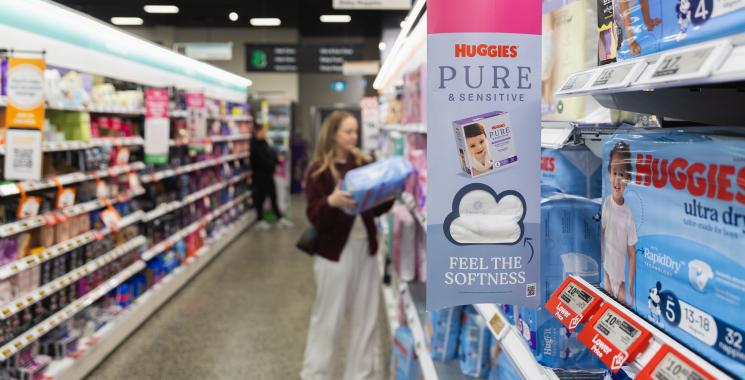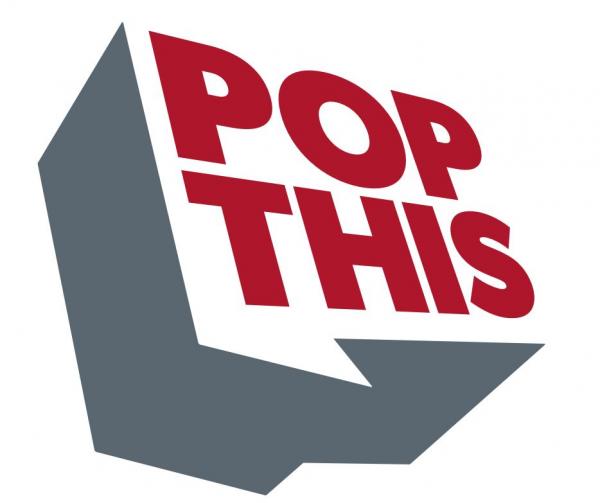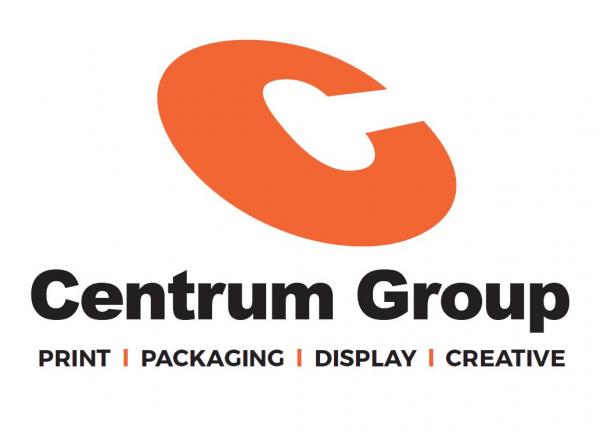How the Print World is Graphically Changing
Highlights article from a presentation by Ryan Sharratt, Operations Manager at Schawk Australia, at the Flexible Packaging & Labeling Manufacturers Association’s Technical Forum, 19 October 2017 at the Melbourne Exhibition Center.
Mobile is becoming the primary platform for eCommerce. Today most shoppers use their mobile devices to price-check and study product features. However, only a small number of consumers are actually buying on their device. Could it be that your brand is lacking consistency among all touch points in the shopper journey?
Below, we explore the different steps for maintaining your brand message, from print to purchase.
Global brand consistency. Online sales will continue to grow faster and at higher rates than in-store sales, but will still represent only a small fraction of the total annual retail sales. With increased visibility of your brand, global brand consistency has never been more important.
But, managing your brand is challenging in its own right:
- Variations in base material and production processes across consumer touch points.
- Undefined, subjective and inconsistent practices across different suppliers and locations.
- Procurement experiencing pressure within the supply chain to reduce costs or streamline business.
The majority of shoppers who research their planned purchases online will still go to a brick and mortar store to make a purchase. Tablets and the new, large screen smartphones will stimulate more mobile sales in the years ahead, but laptop/desktop purchasing will prevail for the time being.
Shopper experience. We are no longer working with the traditional purchase funnel. As you can see illustrated below, the buyer journey is not linear, and shopper influences are coming from social, influencer endorsements, events, and more.
Mobile devices are still used primarily to compare prices, or research the features of different products — they also help shoppers find nearest stores. However, when it comes to actually making a purchase, only 13% of mobile device users are actually buying on the device.
Over the next few years, tablets and smartphones will be the mobile devices most utilized for purchases. It is surmised that the larger screens of tablets and newly introduced smartphones – which provide a more vivid image of merchandise – are a primary reason they have become the device of choice when making mobile purchases.
Point of difference. Packaging demands are changing. Brand owners require more agility and flexibility, while consumers expect variety and personalization.











